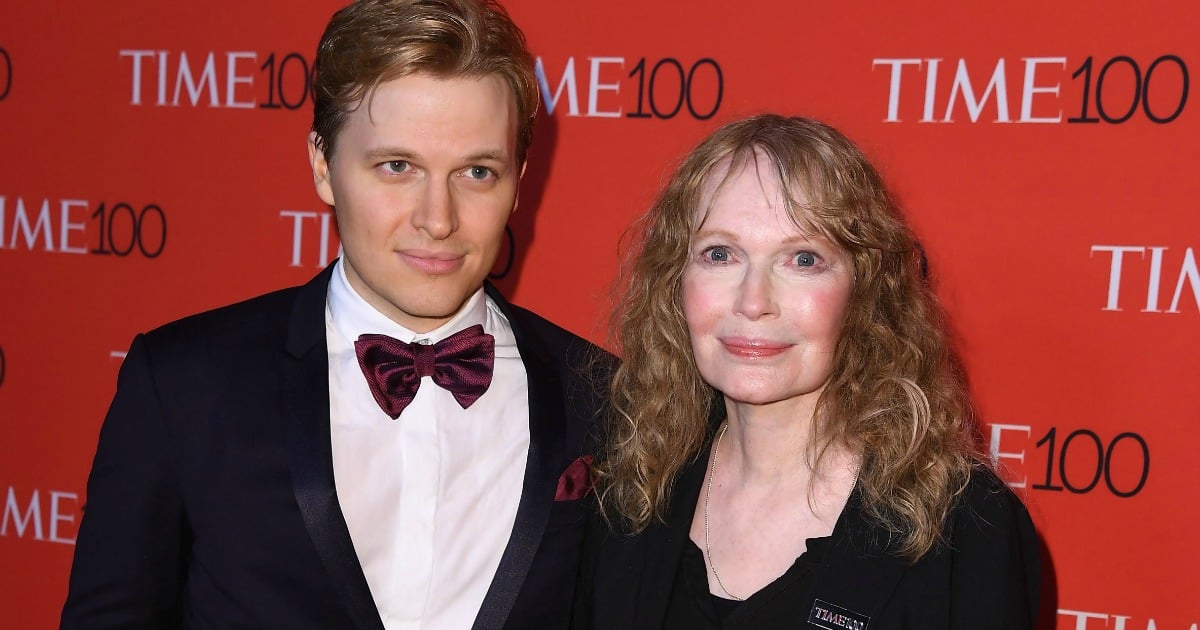When The New Yorker ran a story on Tuesday October 10, detailing the harrowing accounts of sexual assault and harassment reported by thirteen women, it was easy to overlook the byline.
In almost 8,000 words, the writer built a picture of a Hollywood producer with an “open secret” – who for decades had been exhibiting “predatory behaviour toward women” that left victims frightened of the implications of speaking out. The writer said three women had told him Weinstein had raped them, four women had experienced unwanted touching, and four women described Weinstein exposing himself or masturbating in front of them.
Five days prior, the New York Times had published their breakthrough report by Jodi Kantor and Megan Twohey, making public multiple allegations of sexual misconduct against Weinstein. It was this story – which began with a disturbing account from actress Ashley Judd – that led to Harvey Weinstein being fired from the Weinstein Company’s board.
With The New Yorker article, there were now more women on the record, telling stories that started to resemble a pattern. Not only did it corroborate the existing allegations against the producer, but it put forward more serious claims. Perhaps most haunting was the fact that there was little overlap between the two stories. There were more than enough Weinstein victims to go around.
Listen to Mia Freedman, Holly Wainwright and Gemma Garkut discuss everything you need to know about the Harvey Weinstein saga. Post continues after audio.
The New Yorker story was the result of a ten-month investigation – one that predated the four-month investigation by the New York Times. And had you looked closely, the byline might have seemed familiar.

